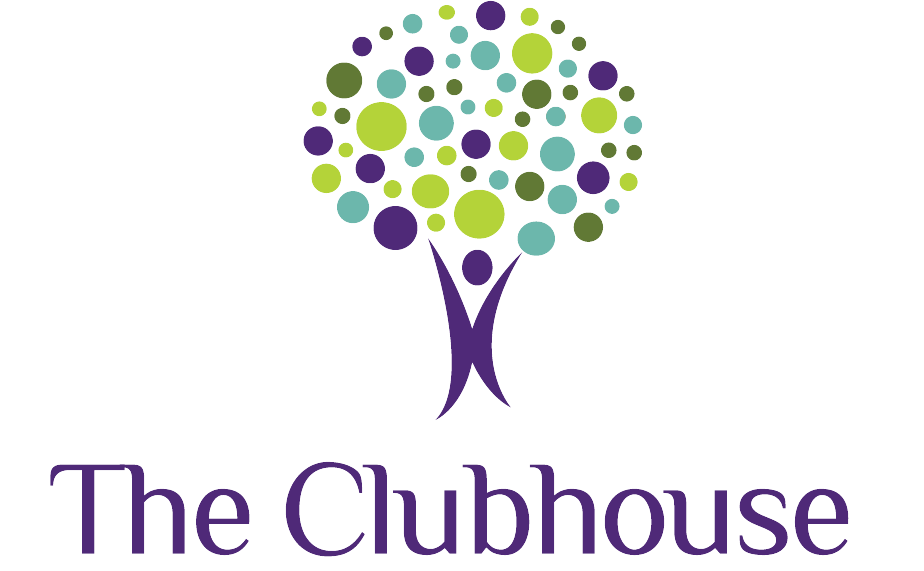What is Hypotonia?
Hypotonia, or low muscle tone, is a common term used in the pediatric therapy world. Many parents are told by pediatricians or therapists that their child has low muscle tone, which can often leave parents scratching their heads or turning to Google for answers. Without a proper explanation, this term can be confusing and sometimes misleading for some parents. What does it actually mean to have low muscle tone? How does tone differ from strength? How can you best support your child to help them reach their fullest potential for motor development? Read on below for some clarification!
What is hypotonia?
Let’s start by breaking down the terminology: Hypo = low/decreased and tonia = referring to muscle tone. This is a characteristic referring to the decrease in resistance to passive stretch of a muscle when moved through its available range. To understand this concept, we have to first understand what muscle tone is and how it differs from muscle strength, as these are not the same.
Think of muscle tone as the level of tension in the muscle while in its resting state. Muscle tone is assessed by having someone else passively move your child’s arms and legs, such as flexing and extending them slowly (not by the child actively moving their own arms and legs). When a therapist or physician passively assesses a child’s tone, they are feeling for any increased or decreased resistance in their available range of motion. Think of muscle tone as a spectrum, from low tone to high tone. When there is a “catch” or a feeling of increased resistance to moving the arm or leg, this is often described as “hypertonia” or sometimes even “spasticity”, depending on the particular child. Hypertonic or spastic muscles are “stiff” even when they are not actively contracting. Hypertonia is common in individuals with spastic cerebral palsy.
On the other end of the spectrum is low tone, a feeling of decreased resistance to passive movement of the muscle. Low tone children are often described as “floppy” because there is a feeling of little to no resistance or tension in the muscle as it is moved. Hypotonia is commonly observed in individuals with Down Syndrome, for example, though it can occur in typically developing individuals as well. Because muscle tone can land anywhere on this spectrum or range (low to high), it can often be hard to define it with just one term. You might hear a therapist say the child has “mildly low tone” or “significantly low tone”. Think of “typical” muscle tone as average, lying somewhere in the middle.
How does muscle tone differ from muscle strength?
Think of tone as being controlled by the brain and strength being controlled by the muscle belly itself. Tone is the “neurological” characteristic of the muscle, as it is controlled by nerves that are connected to the brain. Strength is the muscle’s ability to actively contract against an outside resistance, such as when a child squats to pick up a toy, when someone lifts a weight, or when your child pushes or pulls a heavy wagon.
Tone is not something we have conscious control over, and we typically cannot change low muscle tone directly. High muscle tone/spasticity can be changed with specific methods and medications (Baclofen, Botox, and some other techniques). While we don’t focus on “changing” low muscle tone as a therapy goal, it is certainly possible for a child with low muscle tone to gain strength.
For some parents, this can sound like an oxymoron- How can I help improve my child’s strength if they will always have low tone? As with any formal or informal diagnosis, hypotonia does not define the child. Many children with low muscle tone make significant strength gains or learn to use adaptive equipment (orthotics, compression garments, supportive seating, etc.) to help meet their needs. Overall, in therapy, it is important to focus on what we have more control over: improving a child’s strength, postural control/alignment, and ability to participate in activities with peers with independence or support as needed.
What are some common characteristics of children with hypotonia?
Every child is different and hypotonia does not “look” the same for every child. Again, children are all unique and they are never defined by their diagnosis. That being said, some common presentations seen in children with low muscle tone may include the following: muscles that feel “softer”, requiring more support at the head/neck/trunk when being lifted or carried, or ligamentous laxity (“loose” feeling joints) or hypermobility in the joints.
They may also present as needing to sit with a wide base of support (legs spaced far apart), sitting with increased reliance on hands for support, slouched posture/rounded spine, sitting with posterior pelvic tilt (pelvis tilted backwards), open mouth posture, increased drooling, opting to lie down on the floor or lean on nearby objects for support as opposed to sitting upright, difficulty with coordinating movements (especially fine motor skills that require more proximal support), and decreased endurance overall.
How can therapy help and what should OT/PT focus on?
As stated above, therapists focus on what they can change and improve with the child they are working with. While there are several techniques to assist with hypertonia/increased tone, there are not specific ways to “change” low muscle tone. Instead, your therapist will focus on improving muscle strength, postural control, alignment, and the use of adaptive equipment as needed.
Some children with low muscle tone present with overpronated feet and ankles, meaning that they bear more weight on the insides of their feet or their feet appear flat with decreased arches. These children often benefit from foot and ankle orthotics to help support their alignment and to offer greater stability at these joints. Other children may benefit from compression garments, such as SPIO or Benik vests, or abdominal binders to improve their posture and ability to play and explore without expending as much energy.
Children who have trouble with fine motor skills, like handwriting, coloring, or stacking blocks, may benefit from strengthening their shoulder muscles so that they have more control and precision at their hands. Joints closer to the trunk are referred to as “proximal” joints, like the shoulders. Joints farther from the trunk, like the hands and feet, are referred to as “distal” joints. Children with low muscle tone need to strengthen their proximal joints to have greater mobility and precision with their distal joints. As always, the therapy goals focus on functional activities to help children participate with family and peers in their daily lives!
Have any additional questions or concerns regarding hypotonia? Feel free to contact our Clubhouse PTs!
Written by Jessica Tarence PT, DPT


